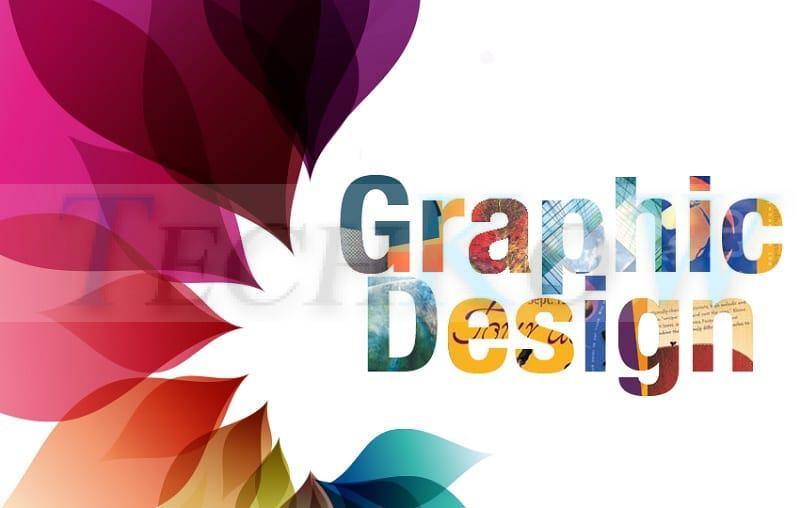5 Ultimate Graphic Design Mistakes
1. Use of web graphics in printed material
With many young designers coming from a predominantly web design background, the transfer from web design to traditional print design can bring with it a multitude of design sins. Images supplied at 72 dpi and compressed to load quickly on a website will render very poorly when printed; you can get away with small miniatures, but blowing things up to any appreciable size is going to push your luck. There are a sites online that offer free or very cheap, high-resolution quality images that are a good source of suitable images.
2. Forgetting or not allowing enough bleeding
A very common mistake is sending a flattened document or image that does not have any bleed to print. Generally speaking, you should leave at least 3mm around each cut edge. If you don’t, the printers will have no leeway and will clip the side of the page or give it a white border. It’s always a good idea when providing image files to save layered PSD files, so if things need to be stretched or cropped, you can do that on the background layer and hopefully cut down on your work.
3. Use dark fonts and do not embed or outline them for output
We all been guilty of this at some point, and, in general, things are going well if you are going to be the only person accessing your artwork or documents. However, if someone else needs to modify the files or use their vector logo in one of their posts unless you pack the used fonts, they won’t be able to open the files properly, and some software programs may replace any unknown font with a default one. This is a problem when you need to dig up things that were created several years earlier, and you no longer have your old fonts installed.
4. Supply of ready-to-print graphic material with spot or RGB colors
There are reasons for using spot colors in artwork, logos that must reference particular Pantone colors, for example. However, in general, design work, most prints are sent on 4-color CMYK presses with an occasional 5th color for the luminous or metallic color or for direct UV varnish. It is common for lazy designers to put RGB images in files and expect the vibrant colors seen on screen to be reproduced in print.
5. Allow illiterate design clients to guide you through the houses
The customer is always right; the old adage goes. Yet it is often said with clenched teeth and a sense of patience that he acknowledges that these jerks will look at some point hand out a big check for their troubles. It’s often a good idea when you first submit images to add a few stinky things to hopefully get them to appreciate the design you’d like them to accept. Of course, there is a real danger that they might like the absolute piece of ass that you left in five minutes to make them think you’ve been making their money. It is still a way of life.
A Bachelor of Design program prepares applicants to be flexible enough to work across multiple disciplines. This course teaches them to deal with contemporary issues in a creative and independent manner for the most rewarding and stimulating professional engagement. Generally emphasizes the concepts of the product and transportation design domain.
This discipline can be taken to seek help to perfect a point of view and perception of different values that shape the design of your environment in an integral way. As a student, the practical experience is complemented by the main research and exploration methodologies and practices. The title is like a launchpad to propel your thoughts towards creativity as well as lucid and unique concepts.
Career prospects
For future professionals in this discipline, career prospects are abundant in design consulting, transportation design studios, furniture design, accessory design studios, retail design, electronics firms, and architectural design. Before entering the field of design, it is best to gain first-hand knowledge on topics such as sketches and drawings, color, geometry, elements of design, graphic engineering, and exploration of materials.
Topics and electives to study
In addition, they should study topics such as design principles, visual composition, introduction to photography, and computer applications. Thereafter, students may be required to take either of the two electives that are prescribed for them each semester. Under the transportation design elective, they must study vehicle packaging and architecture, automotive engineering, illustration, and sketches, along with advanced engineering graphics.
Transportation Design Elective
In addition, it includes design research, aerodynamics and shape study, automotive history and design, as well as digital sketches and renderings. Then students are taught about digital sculpting, vehicle interiors and exteriors, clay modeling, graphic design, portfolio creation, and presentation. Last but not least, applicants are taught about biomimicry in transportation design, as well as product and brand management.
Optional Product Design
The elective course on product design covers drawing, presentation, analysis and generation of forms, materials, and processes, and design methodology. In addition, it incorporates topics such as modeling techniques, ergonomics, and basic mechanics, and electricity. At an advanced level, students learn about attaching and holding devices, product style, and photography, and research methodology.
Admission criteria
The course concludes with knowledge of material color and finishing, professional documentation, design management, user experience and interface design, semiotics, and rapid prototyping. If you want to opt for this degree, you must meet the basic eligibility criteria for admission. Each applicant applying for the Bachelor of Design must obtain a minimum of 50 percent qualifications at both the upper secondary and upper secondary levels.

